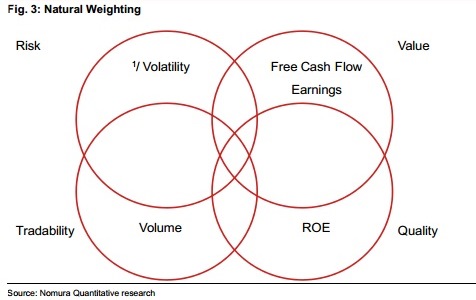(October 10, 2013) – Insurers will outsource almost €800 billion to third party fund managers by 2017, according to a report from asset management research specialists Spence Johnson.
The figure, representing just 8.9% of the total amount of general account insurer assets in Europe, will rise from the €415 billion being outsourced today, driven by the benefits of scale and volume offered by external managers along with the pressing requirements of regulation on capital requirements.
General account assets are those invested by the insurer to back its liabilities, which account for the vast majority of insurers’ balance sheets. It does not include any unit-linked assets used by insurers to match unit-linked liabilities.
The fee opportunities for fund managers are vast too: Spence Johnson estimated that the €415 billion in assets flowing through third party managers resulted in fee income of €1.18 billion in 2013.
The vast majority of that fee income comes from corporate bonds management, followed by equities and hedge funds.
A rising trend among insurers seeking to outsource some of their investments is to seek out satellite asset classes, such as emerging market debt and infrastructure, Spence Johnson continued.
Other emerging themes uncovered by the research included a rise in consolidation among small and medium-sized insurers, seeking out investment approaches that optimise regulatory capital as well as risk and return expectations, and a growing focus on asset liability management.
Many insurers are also embracing the need for tactical asset allocation, although the decision as to whether to outsource that or bring the capability in-house is still up for debate at larger insurers, the report said.
The full report can be found here.
Related Content: Insurers Turn to Swaps, Futures, and Options in Risk Management Push and Real Assets, Mezzanine Debt, and Liquid Loans: A Recipe for Investment Success?

